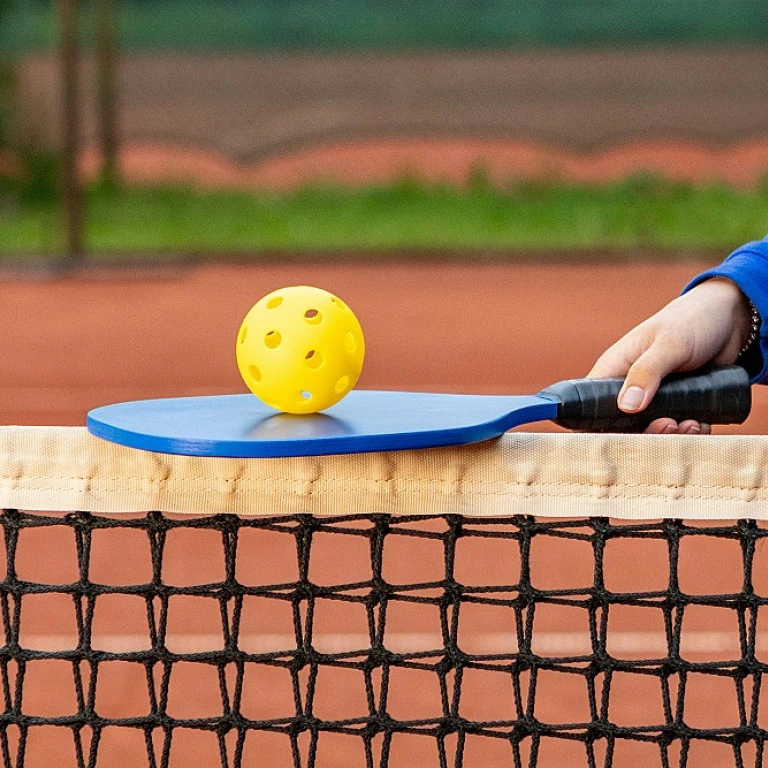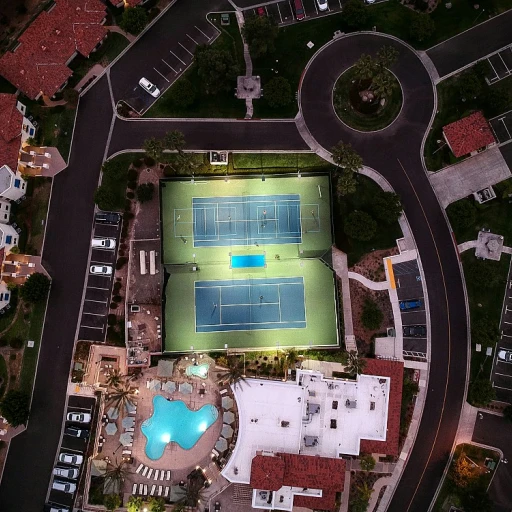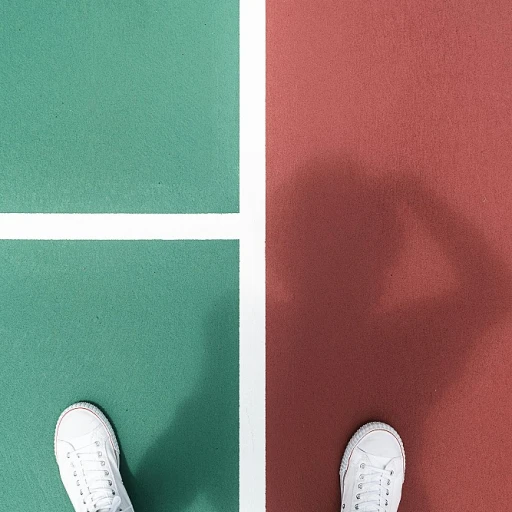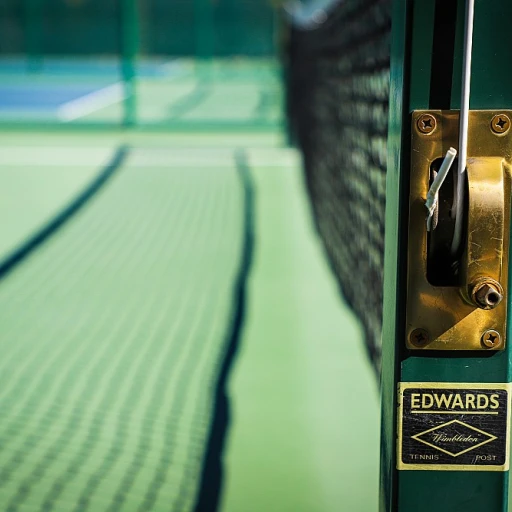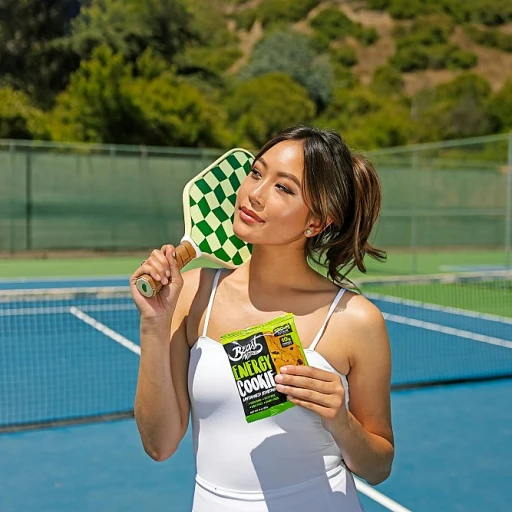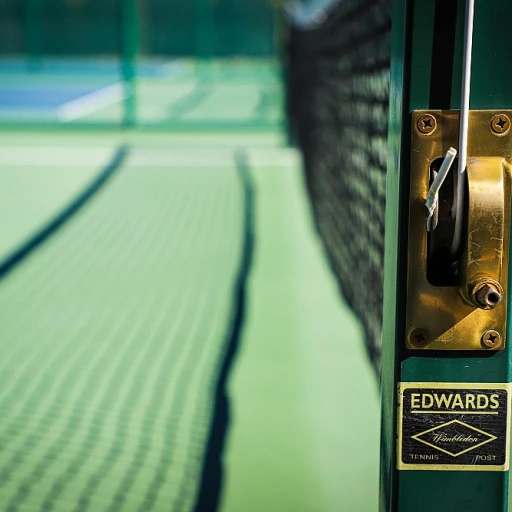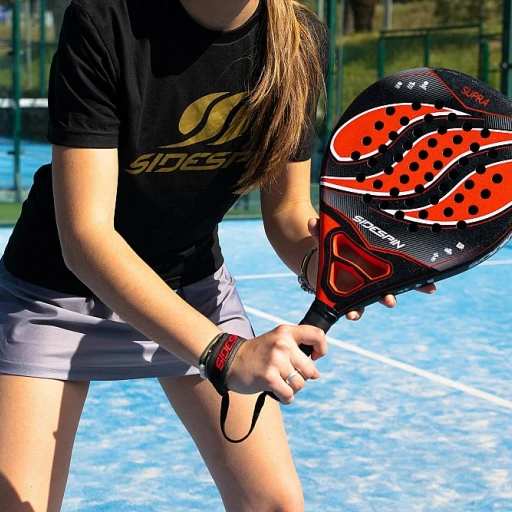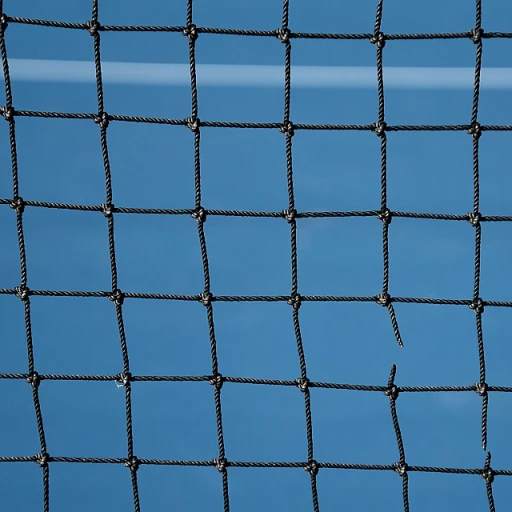Understanding the Importance of Paddle Grips
Why Gripping Matters in Pickleball
Understanding the importance of a good pickleball grip can significantly influence your game performance and comfort. As with tennis and badminton, the way you hold the paddle—the grip—affects how you maneuver and control the pickleball racket. A suitable paddle grip enhances grip, prevents slip, and ensures lasting performance. Just like customizing aspects of your pickleball equipment can provide you with an edge, choosing the right grip is no different. When exploring pickleball paddles and grips, one must recognize that paddle grip size and materials play crucial roles in comfort and efficacy during play. Products like grip tapes, grip wraps, or overgrip packs can drastically change your pickleball playing experience. Investing in a high-quality paddle grip is not merely a purchase; it’s an enhancement of your playing style. You can further explore options by considering how different types of pickleball products impact your paddle grip. Additionally, the cost and availability of these grips play a role in your choice. Grips sold by small businesses, for instance, might offer unique options or materials, often with delivery services making them conveniently accessible. As a shopper, being informed about such aspects ensures you make a choice that aligns with your needs and budget constraints. Whether you’re in search of a grip that offers a snug fit or one that provides a certain texture to prevent slip, understanding these foundational aspects can assist you in making an informed decision. For those who have tennis elbow concerns and want to know more about how grips could play a part, consider reading more about alleviating tennis elbow with the right pickleball paddle.Types of Pickleball Paddle Grips
Exploring Different Types of Paddle Grips
Understanding the variety of available grips for your pickleball paddle is essential for optimizing both comfort and control during play. Whether you're just starting or a seasoned player, familiarizing yourself with the options can help enhance your performance.
The primary types of grips you might encounter include:
- Standard Grip: Often found on most pickleball paddles straight from the shop, this grip provides a balanced feel and is suitable for players who prefer a basic, no-frills grip.
- Overgrip: Similar to what you might find on a tennis racket, this type of grip is added over the existing paddle grip to enhance grip without adding much bulk. An overgrip pack is a quick way to adjust the feel of your handle.
- Grip Tape: This is a popular choice for slip pickleball players looking for a customizable solution. Grip tape provides extra tackiness and moisture control.
- Cushioned Grip: These grips are padded and offer more comfort and shock absorption. They are ideal for players who engage in long sessions and need a grip that reduces hand fatigue.
Additionally, products like grip wraps and pickleball overgrips offered by small businesses provide unique options that might not be available in mainstream markets. When considering price and delivery, these specialized products can offer lasting performance and a personalized touch to your equipment.
By exploring the benefits of different types of grips and how they can complement your style, you can ensure that your pickleball equipment is optimally set up to match your needs.
How to Choose the Right Grip Size
Decoding Paddle Sizes for Optimal Performance
Finding the right grip size can make a dramatic difference in your comfort and control during play. Whether you're swinging a tennis racket, a badminton racket, or a pickleball paddle, selecting the proper size is crucial for effective play. A comfortable grip ensures you won't experience slips, while also preventing painful blisters or fatigue over time.
When you’re trying to determine your grip size, you'll notice a variety of options available on the market—including small, medium, and large sizes. These measurements often align with grips for other racket sports. If you’re already familiar with your tennis racket grip, that’s a useful reference point for selecting your pickleball grip.
Measuring your hand is a practical approach to confirm your grip size. Using a ruler, measure from the tip of your ring finger down to the palm. This measurement will act as a guide when you shop for pickleball paddles. Keep in mind that online shops often provide delivery options catering to your needs, making it easy to explore a range of products from the comfort of your home.
If you find that your paddle doesn’t fit quite right, consider using an overgrip or grip tape. These products not only adapt the handle to your preferred dimensions but also enhance grip durability. They're often sold as part of an overgrip pack, giving you long-lasting performance without slipping. Additionally, grip wraps can offer a tailored grip experience, letting you decide what feels best in hand. For newcomers and seasoned players alike, understanding how grip size affects your game is just as critical as exploring the essentials of a pickleball paddle demo when trying out different models.
Grip Materials and Their Impact
Materials Matter: Impact of Different Grip Choices
Understanding the materials used in pickleball grips can greatly influence your performance and comfort during play. The variety of materials available offers both advantages and limitations that are important to consider.- Synthetic Grips: Commonly used in both pickleball and tennis paddles, synthetic grips are known for their durability and improved grip. They often come with moisture-wicking properties, making them suitable for players who sweat a lot during matches. If you're running a small business or shop, stocking synthetic grips can be beneficial due to their long-lasting nature.
- Leather Grips: While not as common in pickleball paddles as in racket sports like tennis or badminton, leather grips are valued for their firm feel. They usually carry a higher price tag and can be more challenging to grip when wet, but they offer excellent control.
- Cushioned Grips: Designed to enhance comfort and reduce shock, cushioned grips are ideal for players who prioritize support over feel. However, they might reduce the feedback from the paddle during play.
- Overgrip and Grip Tape: If you wish to customize your paddle or are working within a specific budget, overgrip packs and grip tape offer versatility. These products, often sold separately, allow players to wrap a layer over the existing grip to adjust feel, increase tackiness, or extend the life of the paddle grip.
Maintaining and Replacing Your Paddle Grip
Guidelines for Caring and Replacing Grips
Proper maintenance of your pickleball equipment not only enhances grip but also ensures long-lasting performance on the court. Here’s how you can maintain and replace your grip effectively:- Regular Inspection: Routinely check your pickleball paddle grip for any signs of wear, such as fraying or slipping. An overgrip or grip wrap may need replacing more often, especially with frequent play.
- Understanding Wear and Tear: Like tennis rackets and badminton rackets, pickleball paddles are subject to constant use and environmental exposure. Products are sold to offer durable solutions, but they’ll eventually need refreshing.
- Grip Tape Application: When a grip begins to wear, simply removing the old layer and applying new grip tape can be a cost-effective solution. Overgrip packs are available in most shops and online as well.
- Customized Solutions: Take advantage of small businesses that offer custom grip enhancements. Whether it’s particular grip tape or advanced pickleball grips, you’ll find a range of products designed for personal preference.
- Avoiding Slips: Ensure your grip tape is tightly wrapped and secured. A properly maintained grip not only prevents the paddle from slipping but guarantees a comfortable hold.
- Delivery Options: If you cannot find grips locally, explore online stores. Many offer efficient delivery services, ensuring you have the necessary products right at your doorstep.
Customizing Your Grip for Personal Preference
Personalize Your Paddle with Custom Grip Techniques
Customizing your pickleball paddle's grip isn't just about adding a personal touch—it can significantly influence your gameplay. Personal preferences play a pivotal role in how you interact with the paddle. Here's how you can make your grip truly yours.
Start by assessing the current grip you have. Some players prefer a thicker hold, while others might find better control with a thinner grip. Adding an overgrip or grip tape is a simple yet effective way to tweak your paddle's handle to your liking. These products are relatively inexpensive and can be easily found in most pickleball shops.
- Overgrip: A popular choice among players transitioning from tennis, these wraps can slightly increase the grip size and enhance grip while providing a cushioned feel. They often come in multipack options, ensuring you have backups ready.
- Grip Tape: For those who want a firm, non-slip surface, grip tape is an ideal choice. It offers long lasting performance and is widely used by both badminton and tennis players.
It's essential to remember that grip customization is not just a one-time task. Regular maintenance, which includes replacing worn-out grips, ensures consistent performance. Keeping extra products on hand is always a wise move, especially during high-demand seasons or when delivery delays could occur.
Additionally, small changes like adjusting the thickness or trying out different materials can make a huge impact. If you're shopping for new pickleball equipment, consider testing some grip modifications before committing to the purchase. Over time, you'll develop an intuitive sense of what feels right, which is vital as these grips are often sold as packs and can vary in price.
In summary, customizing your pickleball paddle's grip is about achieving a balance that enhances your control and comfort on the court. Investing in the right grip products can elevate your game, giving you the confidence to perform at your best, round after round.

